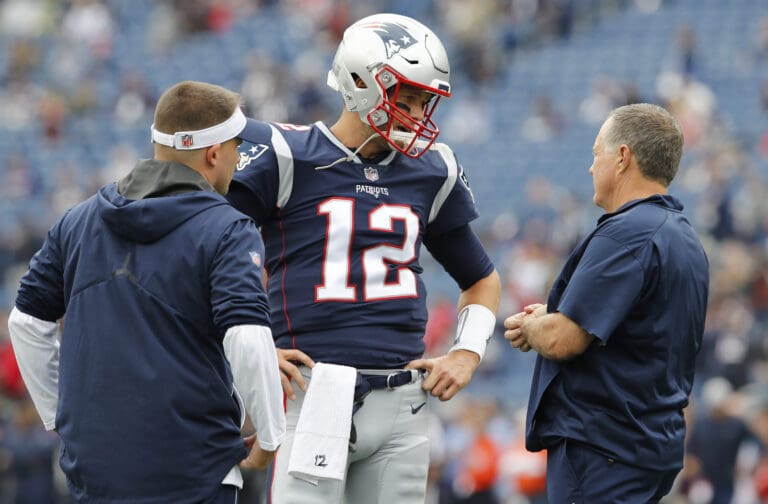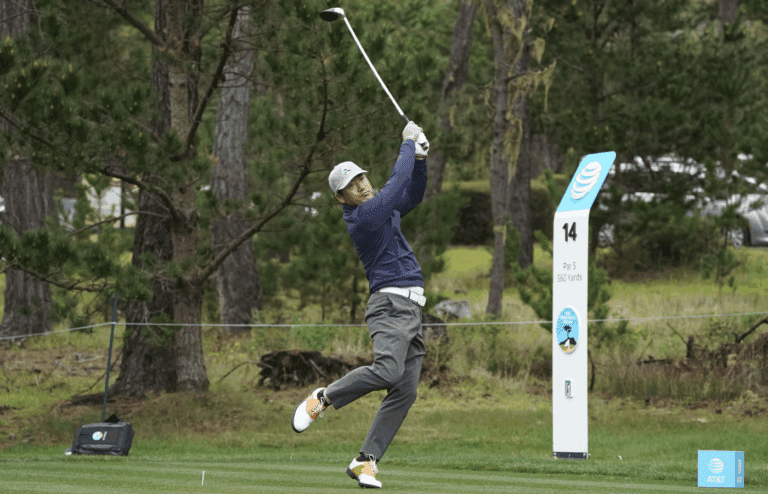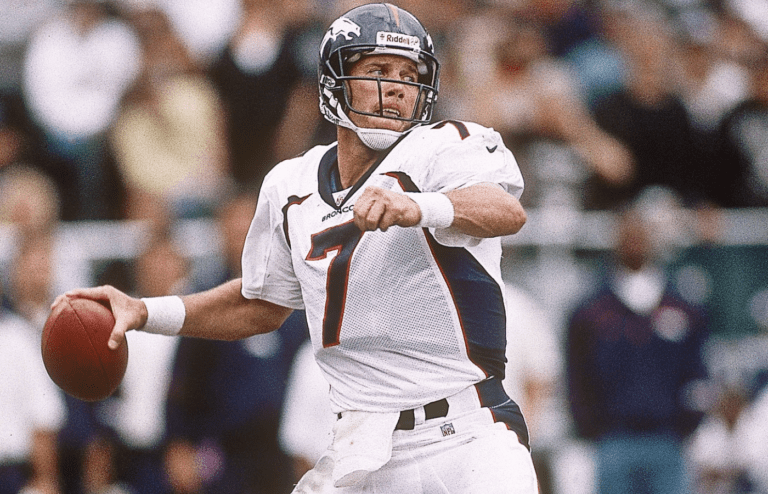In today’s era of sports, modern athletes are achieving unparalleled levels of performance thanks to a variety of factors that were previously unavailable to their predecessors.
Through technological advancements, enhanced training techniques, and the globalization of competitions, athletes are pushing the boundaries of what is possible. This article explores the top 20 ways in which contemporary athletes gain a significant edge, setting them apart from those who came before them.
20. Evolution of Sport-Specific Rules and Strategies
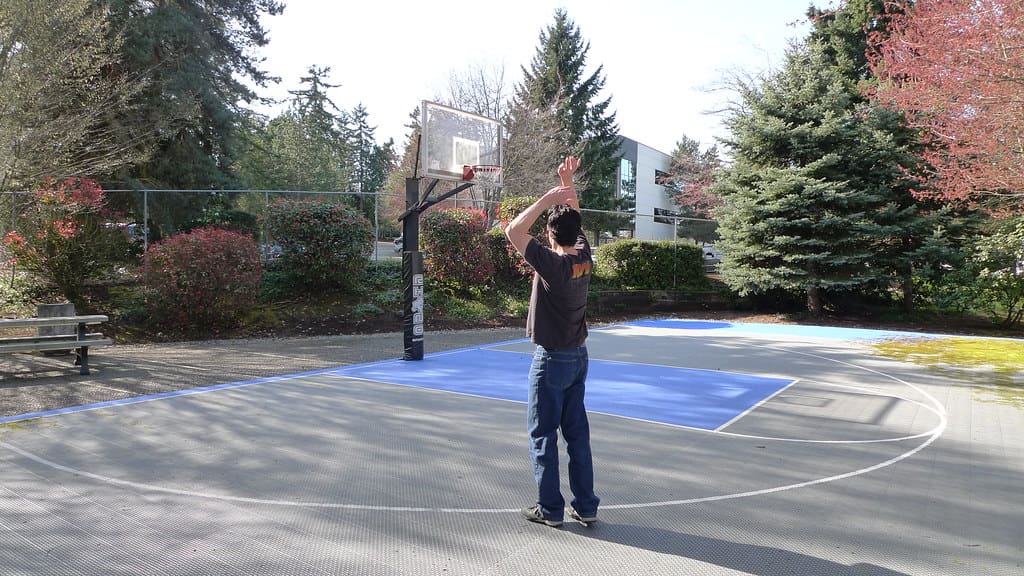
Modern athletes benefit from refined rules and advanced strategies that have evolved over time. For example, in basketball, the introduction of the three-point line in 1979 revolutionized offensive play. Today’s athletes are trained to exploit these rule changes, giving them a strategic edge over their predecessors.
19. Advances in Biomechanics and Movement Science
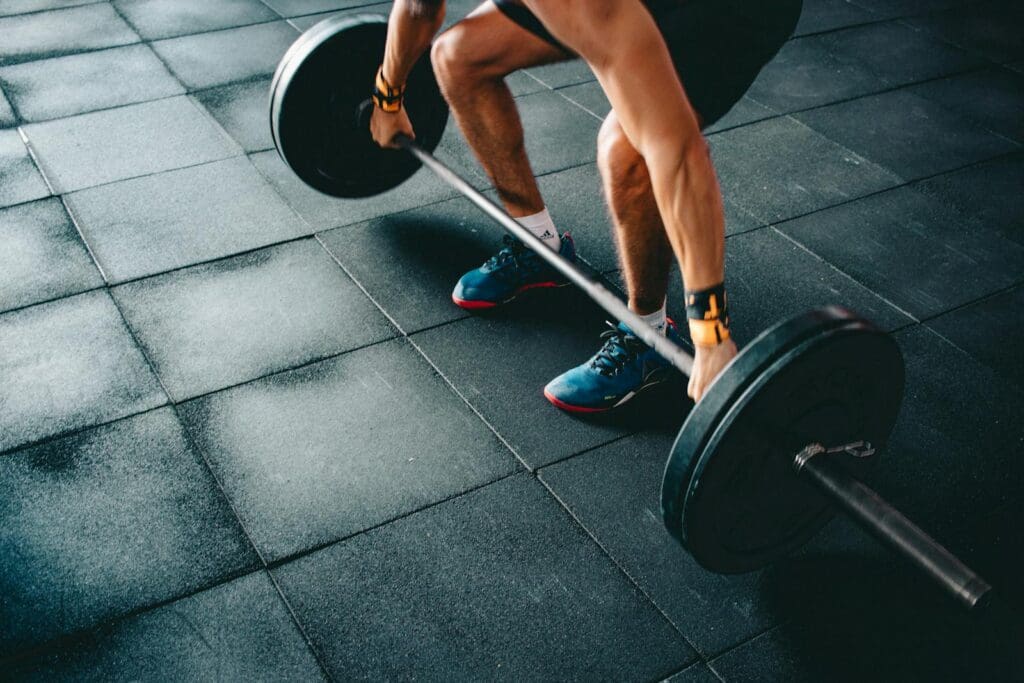
Modern athletes benefit from cutting-edge biomechanical analysis, optimizing their movements for peak performance and injury prevention. This science allows for precise technique refinement, enhancing speed, power, and efficiency across various sports. Athletes now train smarter, not just harder, leveraging technology to perfect their form and maximize their physical potential.
18. Media Exposure and Financial Incentives

Today’s athletes benefit from unprecedented media exposure and financial incentives. With social media, sponsorships, and NIL deals, modern athletes can build their brand and earn substantial income beyond their sport. This increased visibility and financial motivation drive athletes to push their limits and maintain peak performance year-round.
17. Sport-Specific Physical Development
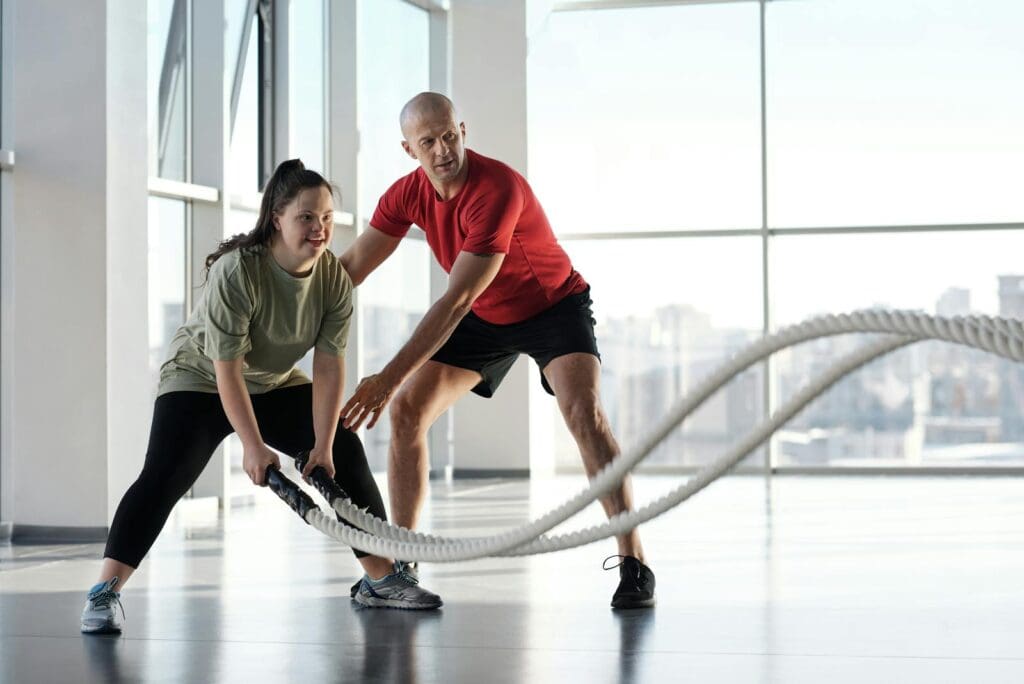
Modern athletes benefit from highly specialized training tailored to their specific sport and position. This targeted approach enhances performance by developing the exact physical attributes needed for success. Unlike the generalized training of the past, today’s athletes undergo sport-specific conditioning, resulting in bodies perfectly adapted to their roles on the field or court.
16. Globalization of Talent Pools
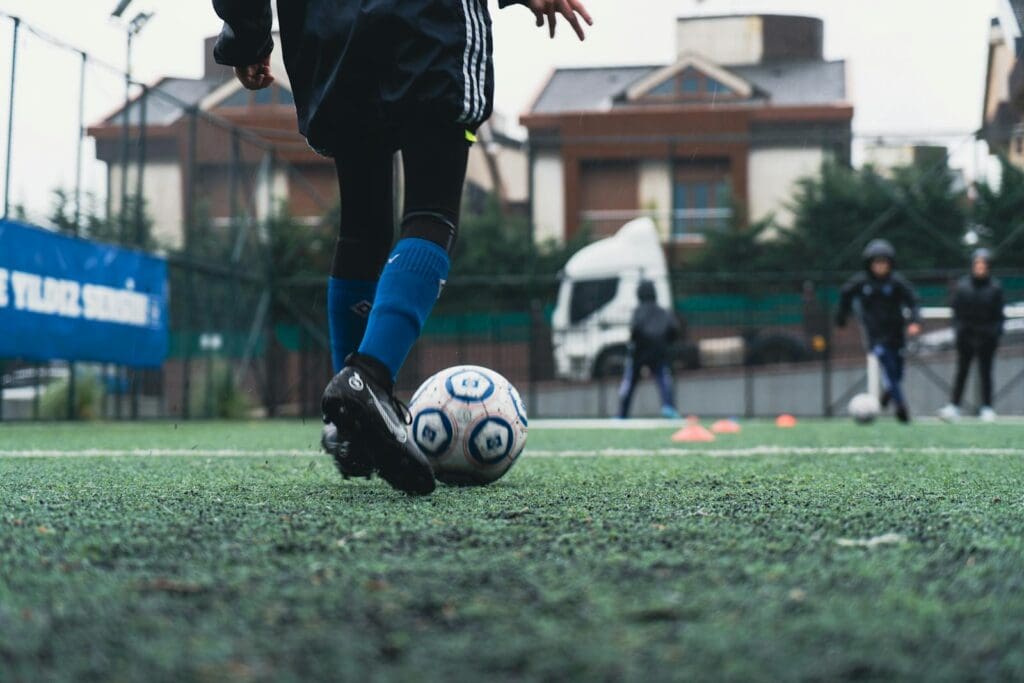
Modern athletes benefit from a vastly expanded global talent pool. With improved scouting networks and international competitions, elite athletes are discovered and developed worldwide. This global reach ensures that only the absolute best rise to the top, creating a more competitive and skilled pool of athletes than ever before.
15. Performance-Enhancing Drugs and Testing
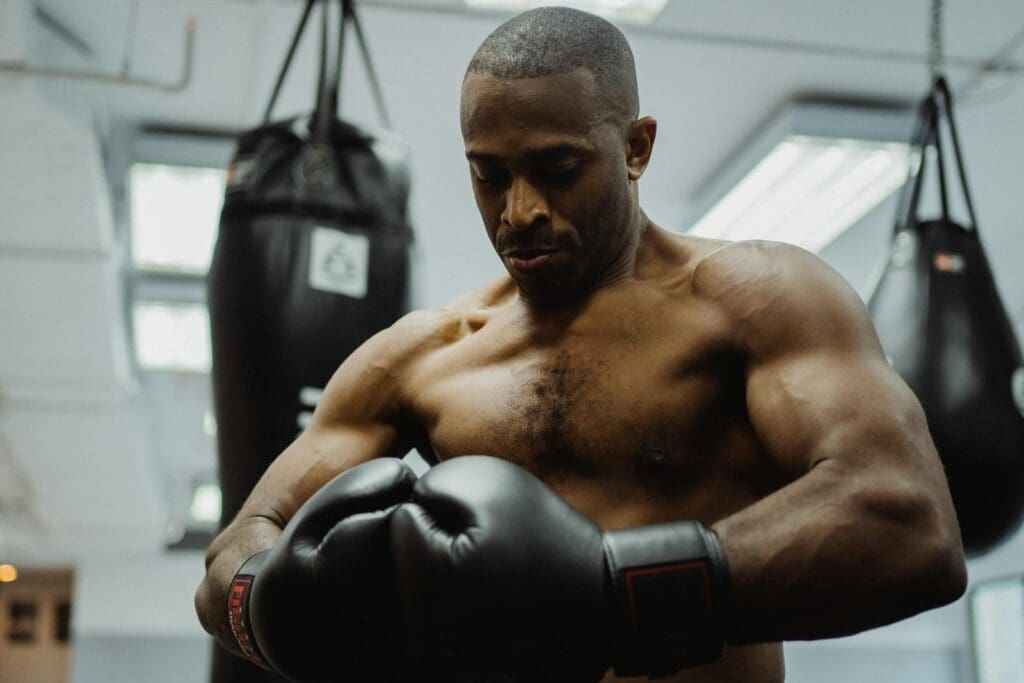
Modern athletes benefit from advanced performance-enhancing substances and sophisticated methods to avoid detection. Anti-doping agencies employ cutting-edge techniques like retroactive liquid testing, long-term metabolite detection, and gene doping tests to maintain fair competition. However, the cat-and-mouse game between dopers and testers continues to evolve, pushing athletic performance to new heights.
14. Cross-Sport Training and Athleticism

Modern athletes benefit from cross-sport training, enhancing overall athleticism and performance. They incorporate diverse exercises and techniques from various disciplines, developing well-rounded skills and physical attributes. This approach improves flexibility, agility, and adaptability, giving today’s athletes a significant edge over their predecessors who often specialized in a single sport.
13. Professionalization of Youth Sports
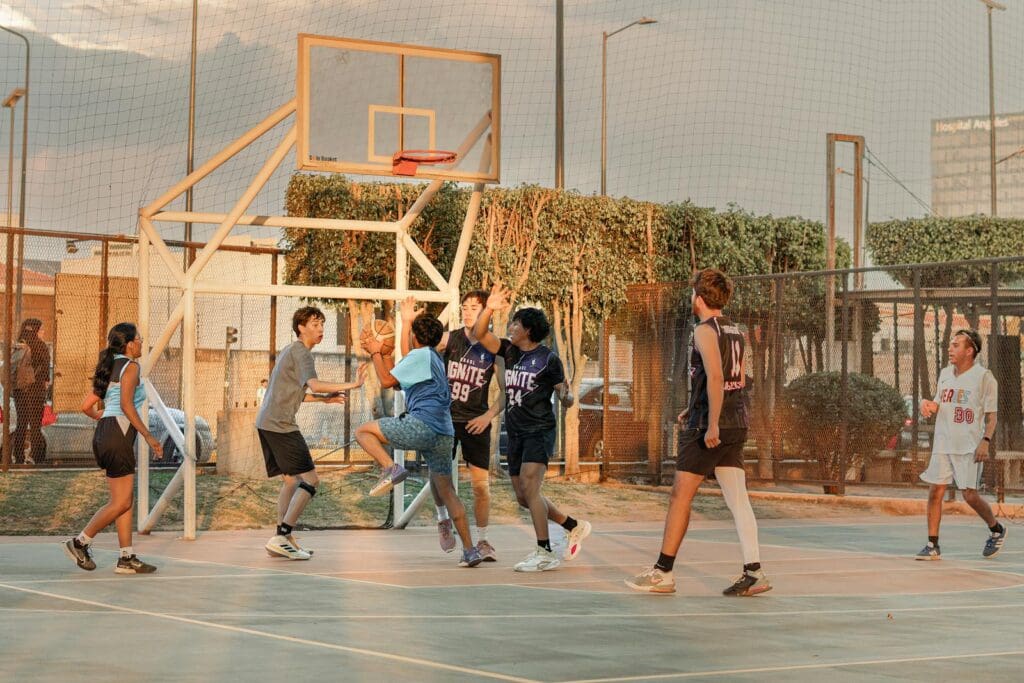
Today’s athletes often start specialized training at a young age, with structured programs and professional coaching. This early focus on skill development and physical conditioning gives modern athletes a significant advantage over their predecessors, who typically had more casual youth sports experiences. However, this trend has raised concerns about burnout and overspecialization.
12. Improved Medical Care and Injury Prevention
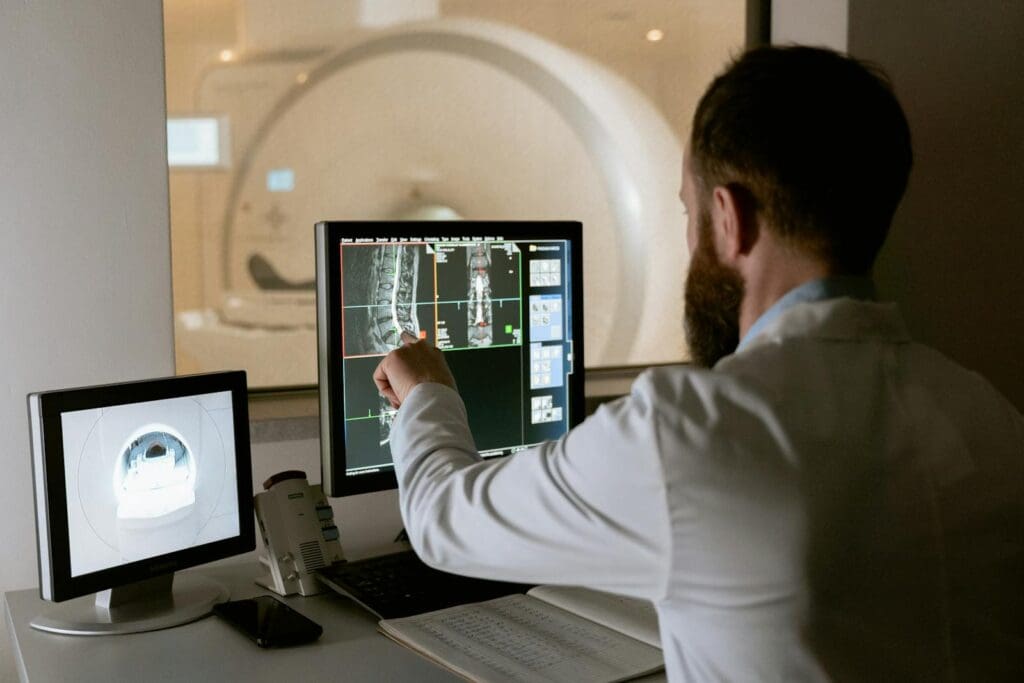
Advanced sports medicine techniques and cutting-edge technologies have revolutionized athlete care. From precision diagnostics using MRI and ultrasound to personalized treatment plans and regenerative therapies, modern athletes benefit from faster recovery times and reduced injury risks. This allows them to maintain peak performance levels and extend their careers beyond what was possible for past generations.
11. Data-Driven Performance Analysis

Modern athletes benefit from advanced data analytics, allowing for precise performance optimization. Wearable technology and sophisticated software provide real-time insights into metrics like speed, strength, and stamina. This data-driven approach enables tailored training regimens and strategic game plans, giving today’s athletes a significant edge over their predecessors.
10. Mental Health and Sports Psychology

Today’s athletes benefit from advanced sports psychology techniques and mental health support. These practices enhance focus, reduce anxiety, and improve overall well-being, giving modern competitors a significant edge. Old-school athletes often lacked access to such resources, potentially limiting their ability to cope with high-pressure situations and maintain peak performance.
9. Access to Global Competition

Modern athletes benefit from unprecedented exposure to international competition, honing their skills against diverse playing styles and techniques. Global tournaments, leagues, and training camps allow athletes to face the world’s best regularly, elevating their game to new heights. This constant high-level competition breeds excellence and adaptability unmatched in previous eras.
8. Year-Round Training and Conditioning

Modern athletes engage in year-round training programs, optimizing their performance throughout the seasons. This continuous conditioning enhances strength, endurance, and skill development, giving them a significant edge over old-school athletes who often had off-seasons with minimal training. Year-round preparation allows today’s athletes to maintain peak physical form consistently.
7. Genetic Selection and Talent Identification
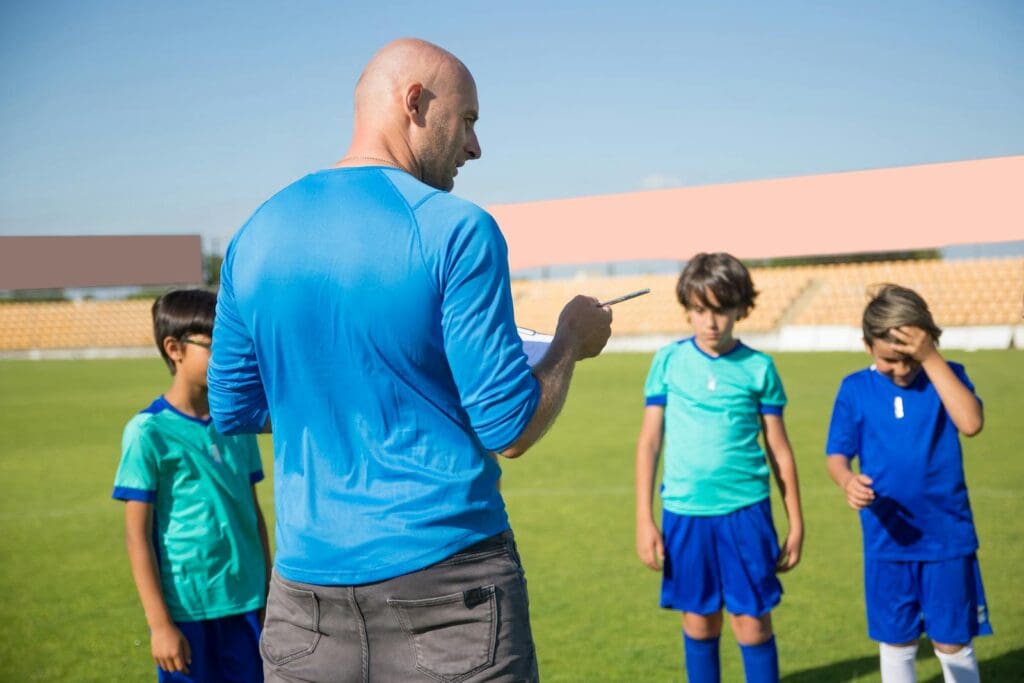
Modern athletes benefit from advanced genetic testing and talent identification programs. These tools allow coaches to select individuals with optimal physiological traits for specific sports, maximizing performance potential. Genetic markers associated with endurance, power, and injury resistance can be identified early, enabling targeted training and development.
6. Enhanced Recovery Methods
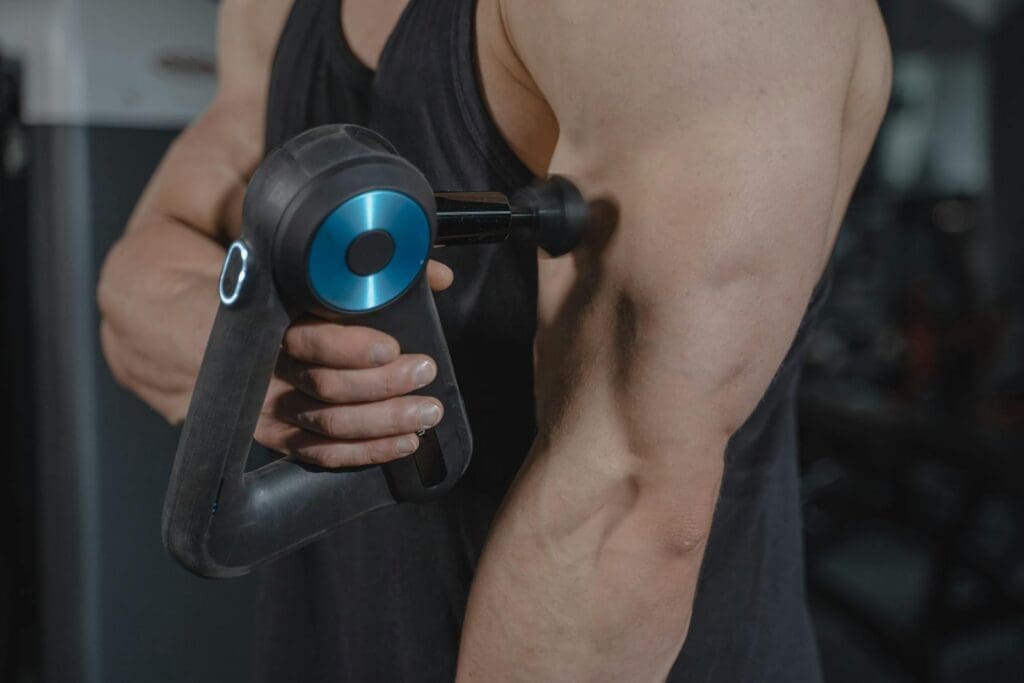
Modern athletes benefit from cutting-edge recovery techniques like cryotherapy, compression garments, and personalized nutrition plans. These methods accelerate muscle repair, reduce inflammation, and optimize performance. Advanced tools like percussion massagers and AI-driven recovery planning further enhance athletes’ ability to bounce back quickly, allowing for more intense and frequent training sessions.
5. Specialized Coaching and Support Staff
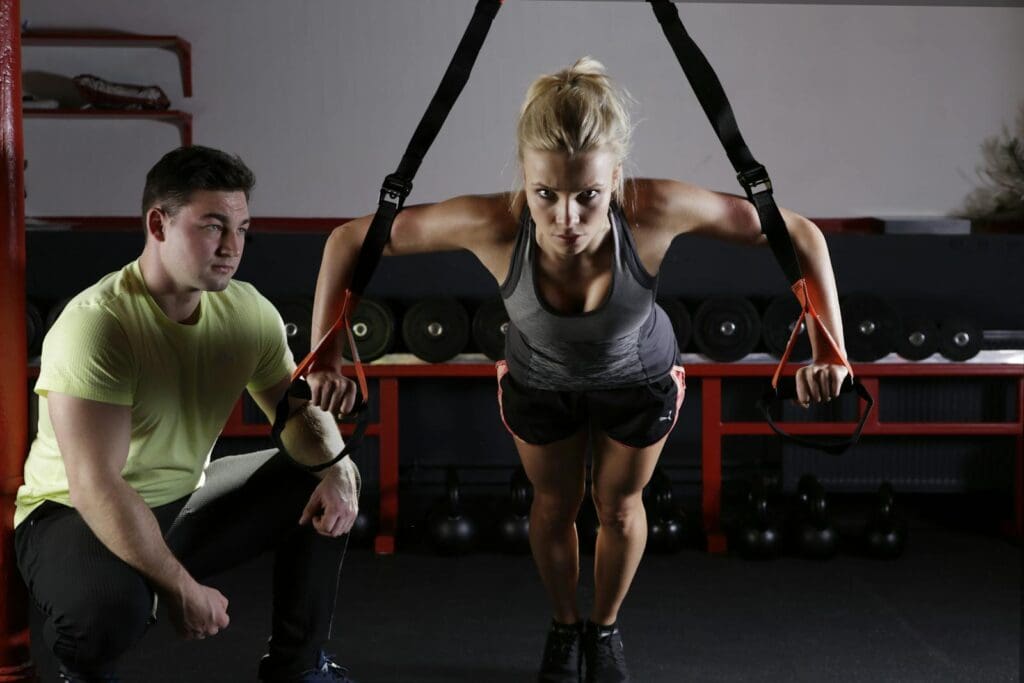
Modern athletes benefit from a diverse team of specialized coaches and support staff, including strength trainers, nutritionists, sports psychologists, and data analysts. This comprehensive approach optimizes every aspect of an athlete’s performance, from physical conditioning to mental preparation. Old-school athletes often relied on a single coach for all aspects of their training.
Read More: The Top 10 Athletes Who Became Actors
4. Improved Equipment and Technology
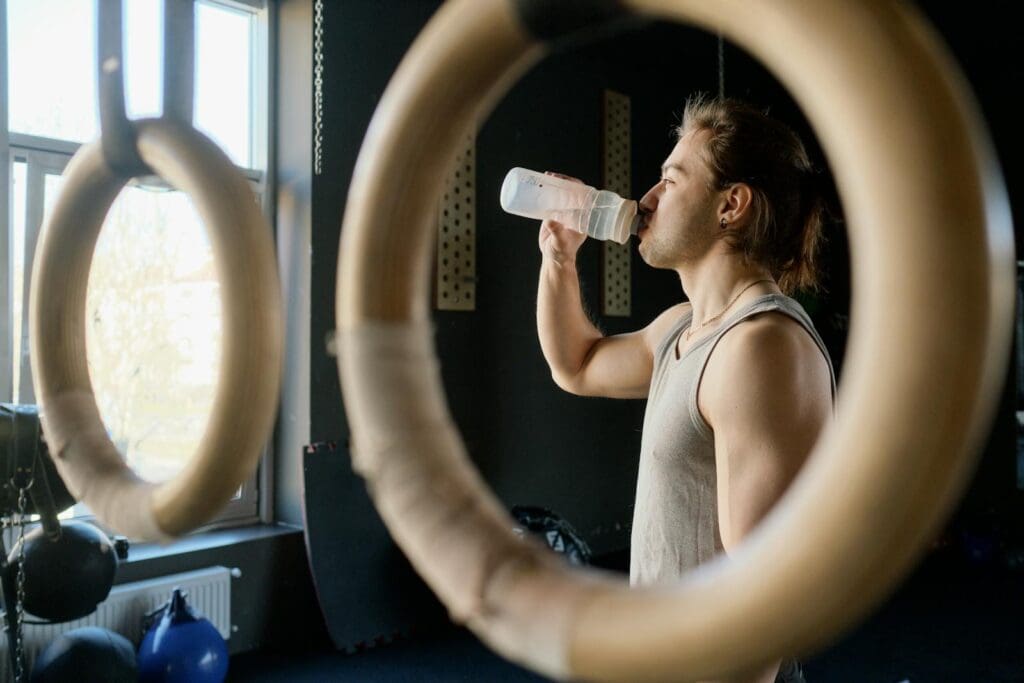
Modern athletes benefit from cutting-edge sports equipment and technology. From smart balls that track spin and trajectory to 3D-printed custom gear, today’s innovations enhance performance and safety. Wearable tech provides real-time biometric data, allowing for precise training optimization. These advancements give contemporary athletes a significant edge over their predecessors.
Read More: The 30 Greatest Wrestlers and WWE Superstars of the 90s
3. Cutting-Edge Sports Science

Modern athletes benefit from advanced sports science, utilizing technologies like biomechanical analysis, personalized nutrition plans, and wearable devices. These innovations optimize training, prevent injuries, and enhance performance. Cutting-edge tools like AI-driven analytics and virtual reality training provide unprecedented insights, allowing athletes to fine-tune their skills and push their bodies to new limits.
Read More: The 15 Best Athlete Memoirs Ever Written
2. Superior Nutrition and Supplements
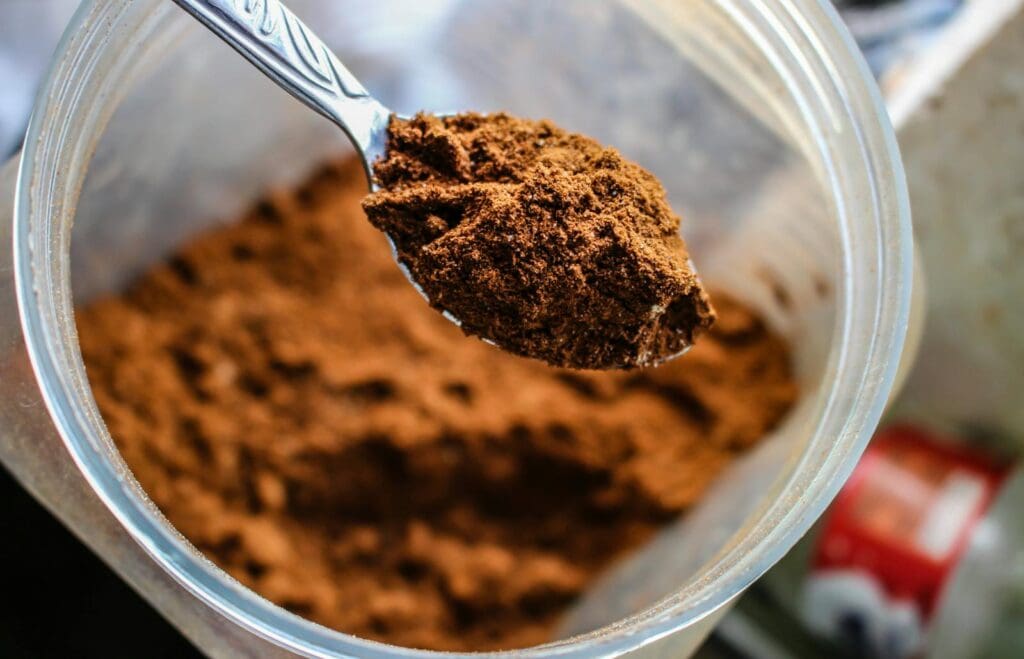
Modern athletes benefit from advanced nutritional science and supplements tailored to their specific needs. Creatine, protein powders, and beetroot juice enhance performance and recovery. Personalized meal plans and precise nutrient timing optimize energy levels and muscle growth, giving today’s athletes a significant edge over their predecessors.
Read More: 10 Athletes Who Played Two Pro Sports
1. Advanced Training Techniques
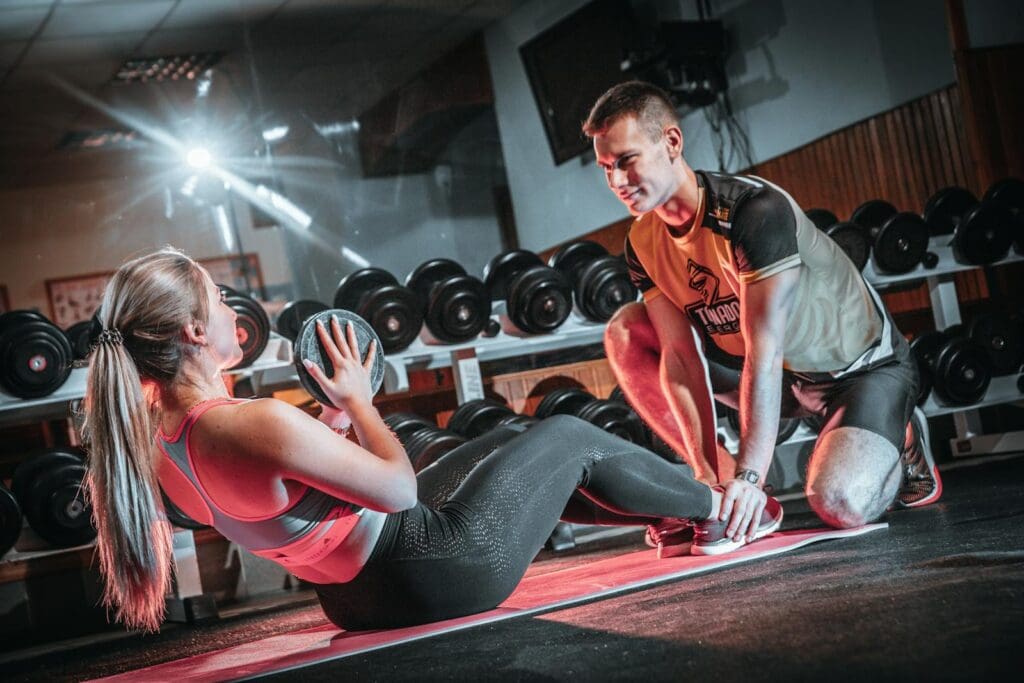
Modern athletes benefit from cutting-edge training methods like velocity-based training, which optimizes performance by monitoring bar speed during lifts. Data-driven approaches, including AI-powered analytics, allow for personalized training programs that maximize strength gains and minimize injury risks. These advanced techniques give today’s athletes a significant edge over their predecessors.
Watch Now: Big plays. Fast takes. Check out TQR Shorts for the latest sports news with Zoe!


